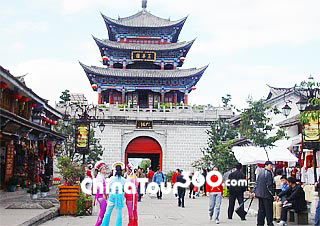 Dali Old Town, Yunnan
Dali Old Town, Yunnan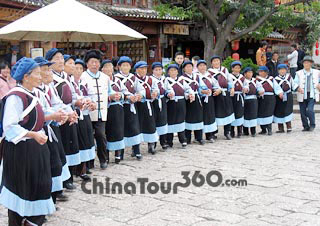 Naxi People, Lijiang
Naxi People, Lijiang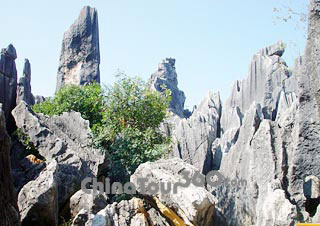 Stone Forest
Stone Forest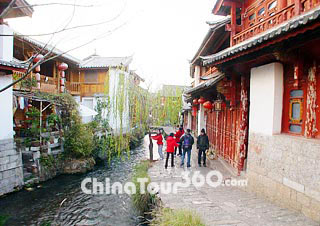 Lijiang Old Town
Lijiang Old Town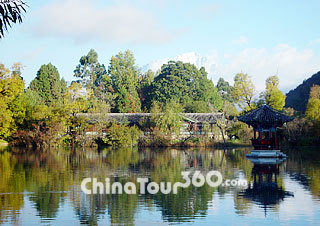 Black Dragon Park
Black Dragon Park
Yunnan Province, Dian for short, has Kunming as its provincial capital. It is located the most southwestern boundary of China with the Tropic of Cancer running through its south. It borders the countries of Vietnam, Laos, and Burma and Chinese provinces of Tibet, Sichuan, Guizhou and Guangxi. Yunnan takes its name from its location to the south of Yunling Mountains. The provinces encompasses approximately 394,000 square kilometers (152,000 square miles).
In the entire province, about 84 percent area is mountainous, and the rest are plateau, hilly land, basin and valley. The east features a limestone plateau with karst scenery and unnavigable rivers flowing through, while the west is characterized by mountain ranges and rivers running north and south. Yunnan has a diversified mild climate which is divided into three climatic zones-temperate, sub-tropical and tropical from north to south. The balmy and fair climate is characterized by small seasonal change in temperature, but great range in temperature between the day and the night.
The rugged terrain and diverse climate produces a wide range of flora and fauna, and the province is called a natural zoological and botanical garden. Here offers the largest number of plant species in China and an incredible array of animals, including Asian elephants and golden monkeys. There is even a rainforest known as Xishuangbanna where you will find many rare and endangered species of plants and animals. Yunnan is one of the regions in the world with the most abundant resources of wild edible mushrooms. The so-called 'pine mushroom' is the main product in Yunnan and is exported to Japan in large quantities.
With 38 percent of the total population in the province being minorities, Yunnan is noted for the biggest number of ethnic minorities. Twenty-five minorities live in compact settlements, and each retains its distinct languages, typical custom, architectural style and colorful literature. The Miao, Yao, Lolo, Lao, Shan, Thai, and Lisu are some of the larger tribes; there is also a considerable Tibetan minority. There are several other groups living in border areas and river valleys. Operas of ethnic minorities like Dianju, Baiju, Daiju, and dances like Peacock Dance, Fan Dance, and Lushen Dance are very popular with tourists.
Due to its beautiful landscapes and colorful ethnic customs, Yunnan becomes one of China's major tourist destinations immediately communications are available. The natural beauty here defies description. There are alpine landscapes, glaciers and snow-capped mountain, precipitous valleys, luxuriant virgin forests, lakes and hot springs, rivers and streams and floral splendor. Shangri-La, an Tibetan county set high in north-western mountains, is maybe the last virgin land where one can observe culture which date back for thousands of years. Yunnan boasts a lot of places of interest, such as Stone Forest, a gigantic forest of stone formed by karst outcrops in Kunming; Lijiang, a Naxi minority city listed as UNESCO World Heritage, Dali, gifted with Dianchi Lake, Cangshan Mountain and the historic center of the Nanzhao and Dali kingdoms; and Yuanyang, a Hani minority community with vast rice-terraces.
![]() Recommended Kunming Tour Itineraries:
Recommended Kunming Tour Itineraries:
Kunming Extension Tour: 9 Days of Kunming - Dali - Lijiang - Shangri-La - Kunming
China Yunnan Tour: 15 Days of Kunming - Lijiang - Kunming - Lunan - Xingyi - Huangguoshu Waterfall - Guiyang - Kaili - Rongjiang - Congjiang - Zhaoxing - Sanjiang - Longsheng - Guilin - Yangshuo - Guilin







